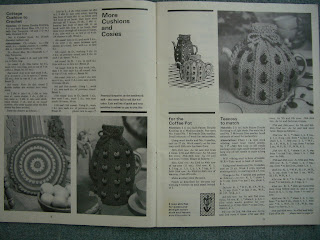We set off towards the A66, and found ourselves heading the wrong way, having taken the wrong exit off a new roundabout. Turning the error into advantage, we drove through some villages we hadn't seen before, and found some pleasant views and countryside previously unknown. Some of our better excursions into the English countryside result from detours from our planned route. There's a lesson there.
Anyway, we arrived at the Woolfest site rather later than originally expected, and parked in a field behind the big shed where it all happens.
My shopping list got off to a good start with fibre - some rainbow merino/silk, a large carded batt of wool/silk in a lovely subtle colour, a good supply of black Wensleydale, and some non-animal fibres - milk protein fibre, ingeo (corn fibre), and some shredded plastic bottle fibre. Natalie at The Yarn Yard had some wonderful sock yarn, and some suitably sober(ish) colours were chosen for DH-socks.
Not many stands had spinning wheels, and I managed to find only one of the bobbins I wanted for my Majacraft wheel - while buying that I had a good look at another Majacraft wheel, which I like a lot. But I have a very good wheel, and don't need another.
There were interesting displays - I especially enjoyed watching a member of the Long Draw Spinners Guild using a Great Wheel, which I'd never seen in action before. Unfortunately, a TV or film crew were lining up their presenter to spin on this wheel - and then they were apparently planning to mention Sleeping Beauty, and she would then pretend to fall asleep. Suppressing the urge to boke, we moved on.
Owen Jones was making oak swill baskets - I would love to have one, but they are very big, and I can't really justify buying one.
The crowds and the colour got a bit overwhelming in the end, and we probably didn't see lots of what was there; we took our cameras, but didn't actually take any pictures!
But I have a couple of FOs to show off - first a pair of striped socks, modelled by DH -
 And the jersey I have been working on since April, modelled by me in the back garden -
And the jersey I have been working on since April, modelled by me in the back garden - This started off as the Oatmeal jersey, and became the Choc Ripple jersey. It is seamless; spun, designed and knitted by me, and it's lovely and soft, warm and comfortable. Result!
This started off as the Oatmeal jersey, and became the Choc Ripple jersey. It is seamless; spun, designed and knitted by me, and it's lovely and soft, warm and comfortable. Result!








